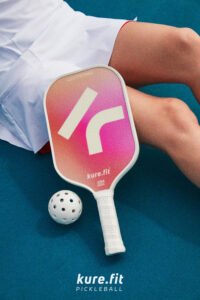Whether you’ve recently discovered the addictive charm of pickleball or have already become a seasoned player, one thing is certain—maintaining your pickleball equipment is essential for ensuring optimal performance on the courts. From the paddle that oozes power with each swing to the reliable, bouncy ball that keeps you on your toes, every component of your gear deserves some tender loving care. If you’re wondering how to preserve the longevity and proficiency of your beloved pickleball equipment, fear not! In this article, we will uncover the secrets behind proper maintenance, providing you with the golden tips and tricks necessary to keep your gear in top-notch condition. So, grab your paddle, and let’s dive into the world of pickleball equipment care!
Table of Contents
- Choosing the Right Pickleball Equipment for Optimal Performance
- Cleaning and Storing: Essential Maintenance Tips for Prolonging Equipment Lifespan
- Grip Maintenance: Ensuring a Secure and Comfortable Handle
- Inspecting and Repairing: Identifying Issues and Fixing Equipment Defects
- Pickleball Net Care: Maintaining Durability and Tension
- Q&A
- Key Takeaways
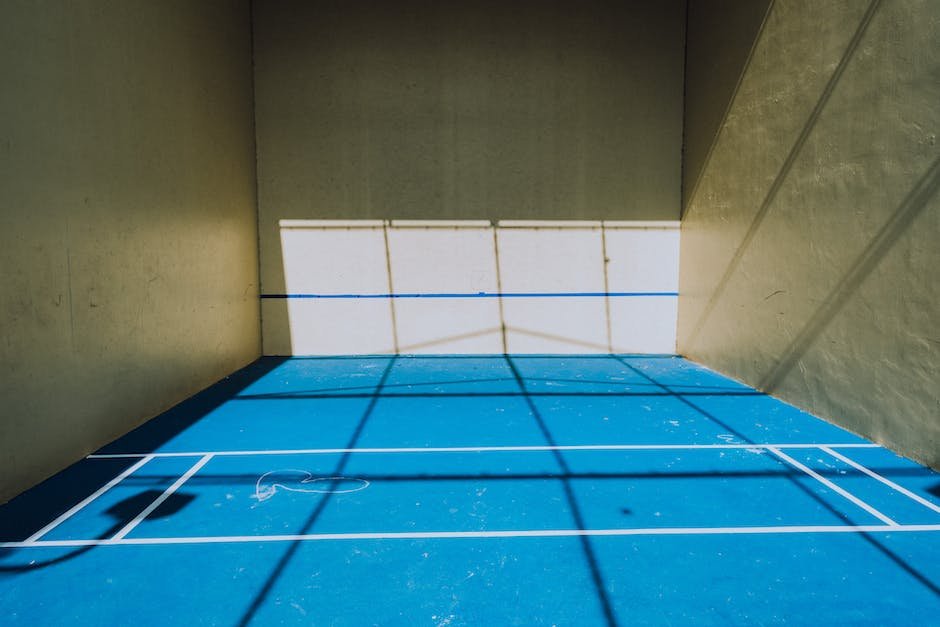
Choosing the Right Pickleball Equipment for Optimal Performance
Once you’ve discovered the exciting world of pickleball, it’s important to choose the right equipment to enhance your performance on the court. Here are some essential factors to consider when selecting your pickleball gear:
Paddle:
Your paddle is your ultimate weapon in pickleball, so selecting the right one is crucial. Look for a paddle that suits your style of play and provides a comfortable grip. Lightweight paddles are perfect for quick reaction times, while heavier paddles offer more power. Opt for a paddle with a graphite or composite surface for improved shot control and durability.
Balls:
Pickleball balls come in different materials and colors. Most professionals recommend using outdoor balls made of durable plastic or composite materials as they can withstand rough surfaces and unpredictable weather conditions. Indoor balls, on the other hand, tend to have larger holes and offer a softer feel. Consider your playing environment and skill level when choosing your pickleball balls.
Shoes:
The right pair of shoes can make a significant difference in your pickleball performance. Look for shoes that provide excellent traction to prevent slipping on the court. The outsoles should be non-marking to protect indoor surfaces. Cushioning and support are also vital to minimize the risk of foot and ankle injuries. Invest in a pair of pickleball-specific shoes that offer stability and flexibility for quick lateral movements.
Remember, choosing the right pickleball equipment is a personal decision. Take your time to research, try out different options, and consider seeking advice from experienced players. With the perfect gear in hand, you’ll be ready to elevate your pickleball game and have a smashing time on the court!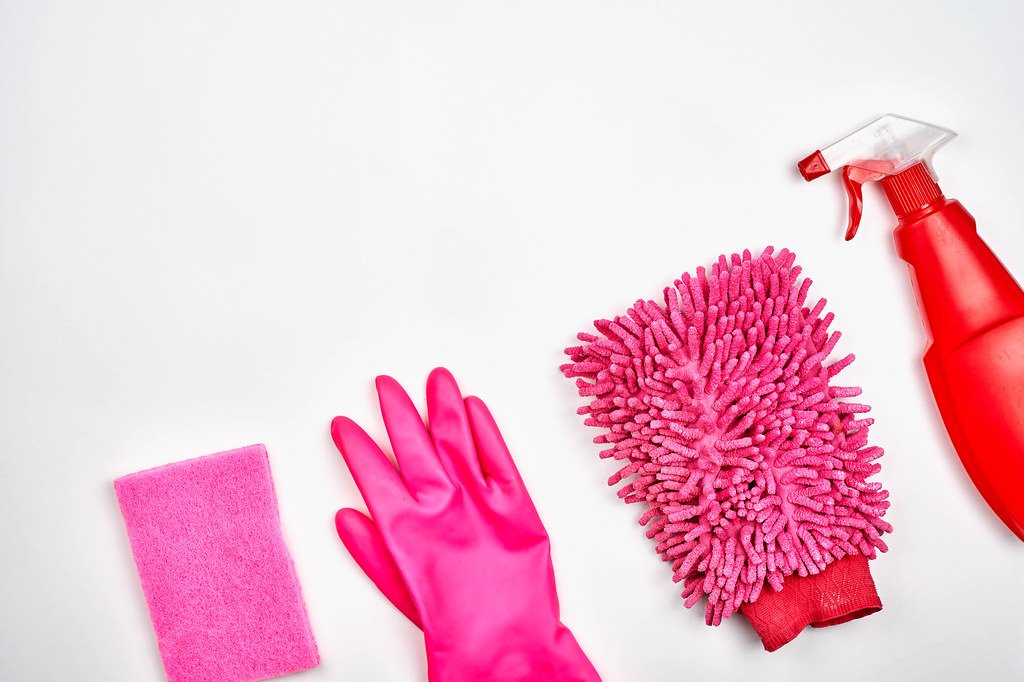
Cleaning and Storing: Essential Maintenance Tips for Prolonging Equipment Lifespan
Proper maintenance is crucial for extending the lifespan of your equipment and optimizing its performance. Cleaning and storing your equipment correctly is an integral part of this process. Here are some essential tips to ensure your equipment remains in top condition:
- Clean Regularly: Regular cleaning helps remove dirt, dust, and debris that can accumulate over time and negatively affect your equipment’s functionality. Use a soft cloth or brush to gently wipe away any particles from the surface, paying extra attention to ventilation areas and hard-to-reach spots. For more stubborn residue, use a mild cleaning solution recommended by the manufacturer.
- Inspect and Maintain: Conduct regular inspections to identify any signs of wear or damage. Check for loose connections, frayed wires, or any other indicators that may require immediate attention. Follow the manufacturer’s maintenance guidelines to ensure proper lubrication, belt tension adjustment, and other routine tasks.
- Store Properly: When storing your equipment, make sure to protect it from environmental factors that could cause corrosion or damage. Store in a designated area away from extreme temperatures, humidity, and direct sunlight. Cover the equipment with a dust-proof cloth or use protective cases if necessary.
- Follow User Manual Instructions: Every equipment comes with a user manual that provides specific instructions for cleaning and storing. Take the time to read and follow these guidelines carefully, as they are tailored to ensure the best performance and longevity of your equipment.
By implementing these essential maintenance tips, you can significantly prolong the lifespan of your equipment and enjoy its optimal performance for years to come.
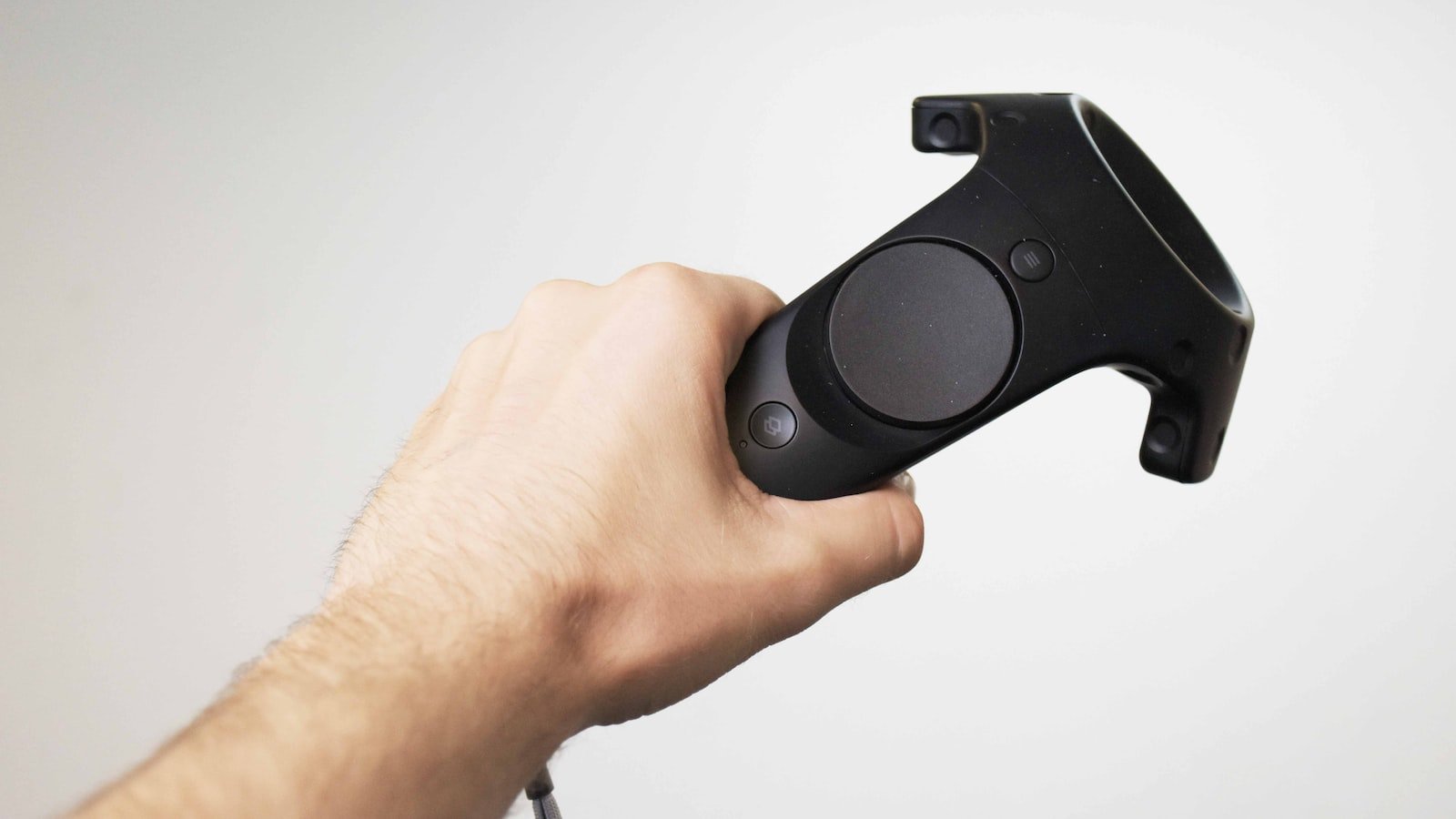
Grip Maintenance: Ensuring a Secure and Comfortable Handle
Proper grip maintenance is crucial for ensuring a secure and comfortable handle. By regularly taking care of your grips, you can extend their lifespan and improve the overall performance of your equipment. Whether you’re an athlete using sports equipment or simply someone who wants a solid hold on everyday tools, here are some helpful tips to keep your handles in top shape:
- Keep it clean: Regularly cleaning your grips not only helps maintain their appearance but also removes any dirt or grime that can affect your grip. Use mild soap and warm water to gently cleanse the handle, then pat dry with a soft cloth. Avoid harsh chemicals or abrasive materials that may damage the surface.
- Check for wear and tear: Inspect your grips regularly for signs of wear and tear. Look for cracks, splits, or any other damage that could compromise the handle’s reliability. If you notice any issues, it’s best to repair or replace the grip promptly to avoid accidents.
- Apply grip enhancers: Depending on the type of handle, you may benefit from using grip enhancers such as powders or sprays. These products can help reduce slipping, absorb moisture, and provide a more comfortable grip. Be sure to follow the manufacturer’s instructions and test them in a controlled environment before relying on them during crucial activities.
- Store properly: When not in use, it’s important to store your equipment with care. Keep them in a clean, dry place away from extreme temperatures and direct sunlight. Improper storage conditions can cause premature wear and deterioration of your grips, so take the time to find a suitable spot for them.
By following these tips, you can ensure that your handles remain secure, comfortable, and reliable for a longer time. Remember, taking care of your grips not only improves your performance but also contributes to your safety, enabling you to confidently grip and tackle any task that comes your way.
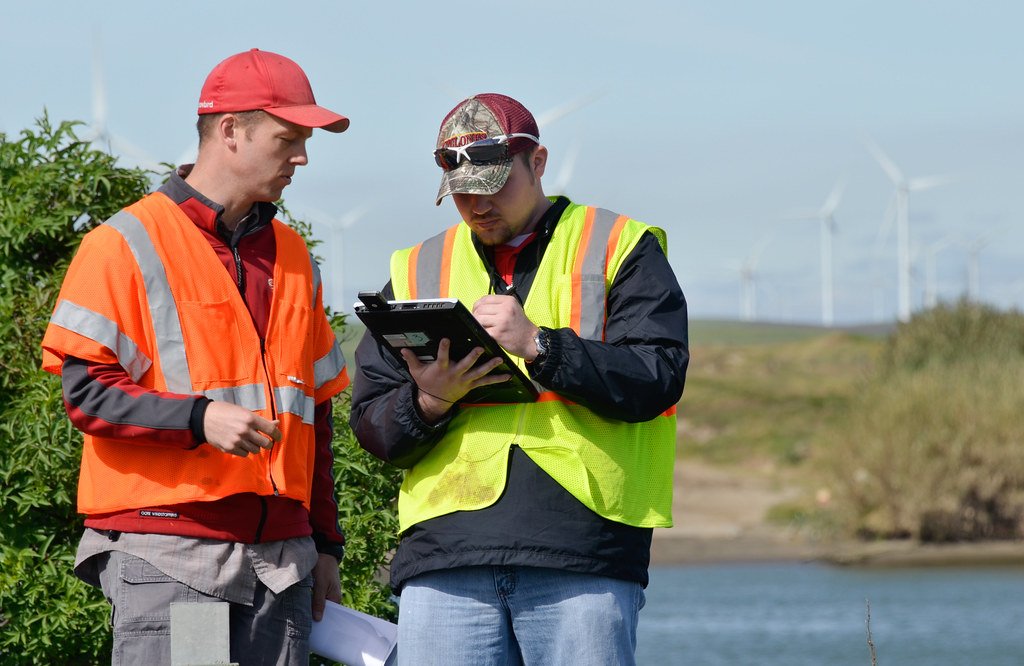
Inspecting and Repairing: Identifying Issues and Fixing Equipment Defects
Identifying Issues:
Inspection is a crucial step in maintaining the efficiency and longevity of equipment. It involves a meticulous examination to determine any existing or potential defects. By visually inspecting the equipment, one can identify issues such as worn-out components, loose connections, or signs of damage. Additionally, conducting diagnostic tests and measurements can help pinpoint subtle problems that might be otherwise unnoticed. It is imperative to document the identified issues thoroughly, including their severity, location, and potential impact on the equipment’s functionality.
Fixing Equipment Defects:
Repairing equipment defects requires skilled technicians and a methodical approach. Once the identified issues are documented, repairs can be carried out systematically to restore the equipment’s optimal performance. Repair methods may vary depending on the nature of the defect, ranging from replacing faulty parts to recalibrating misaligned components or conducting software updates. Proper tools and adequate safety precautions are essential during the repair process to ensure a successful outcome.
Preventive Measures:
- Regular maintenance schedules to detect and address issues before they escalate.
- Implementing quality control checks at various stages of equipment production.
- Providing comprehensive training to equipment operators to minimize errors and mishandling.
- Using protective measures, such as applying coatings or installing barrier devices.
A proactive approach to inspecting and repairing equipment defects not only minimizes downtime but also helps prevent potential accidents and costly breakdowns. By promptly addressing identified issues and implementing preventive measures, organizations can ensure their equipment functions optimally and remains in good working condition.
Pickleball Net Care: Maintaining Durability and Tension
Maintaining Durability:
Proper care of your pickleball net is essential for ensuring its durability and longevity. Here are some tips to help keep your net in top shape:
- Regularly inspect the net for any signs of wear and tear such as frayed edges or loose stitching. If you notice any damage, it is important to address it promptly to prevent further deterioration.
- Clean your net regularly using a mild soap solution and a soft cloth. Avoid harsh chemicals or abrasive materials that could damage the net fabric.
- Store your net in a dry and clean area when not in use to protect it from moisture and dirt. Consider using a protective cover to prevent dust accumulation.
- Keep the net away from direct sunlight when not in use as prolonged exposure to UV rays can weaken the fabric and cause fading.
- Make sure to follow the manufacturer’s instructions for any specific care or maintenance recommendations.
Maintaining Tension:
The tension of your pickleball net is crucial for optimal gameplay. Follow these tips to maintain the tension of your net:
- Regularly check the net tension using a tension measuring tool. Adjust the tension as needed to ensure it meets the official specifications for pickleball nets (34″ – 36″ in the center, 36″ - 38″ at the sidelines).
- Inspect the net straps and tighten them if they have become loose over time. Loose straps can affect the net’s tension and overall stability.
- Consider using a net tightening device to help achieve and maintain the desired tension level.
- Avoid excessive stretching of the net during setup or takedown, as it may lead to a loss of tension. Handle the net with care to avoid unnecessary strain.
- Periodically check the net height to ensure it is correctly set at 34 inches in the center and 36 inches at the sidelines. Adjust as needed.
By following these guidelines and regularly maintaining your pickleball net, you can enjoy a durable and well-tensioned net for many enjoyable matches to come.
Q&A
1. Is it important to clean pickleball paddles regularly?
Yes, regular cleaning of pickleball paddles is essential to maintain their performance and longevity. Sweat, dirt, and debris can accumulate on the surface and affect the paddle’s grip and ball contact.
2. What is the best way to clean pickleball paddles?
To clean your paddles, use a damp cloth or sponge with mild soap and water. Gently wipe the surface, being careful not to soak the paddle, and then dry it thoroughly.
3. Should I use any special products for pickleball paddle maintenance?
While there are specialized paddle cleaners available, they are not necessary for regular maintenance. Mild soap and water is usually sufficient to keep your paddles in good condition.
4. How often should pickleball paddles be re-gripped?
The frequency of re-gripping depends on the intensity and frequency of your play. However, as a general guideline, it is recommended to re-grip your pickleball paddle once a year or when you notice significant wear and tear on the grip.
5. Can pickleball balls be cleaned?
Yes, pickleball balls can be cleaned to extend their lifespan. Simply fill a bucket with warm water, add a small amount of dish soap, and gently agitate the balls in the mixture. Rinse them thoroughly and allow them to dry before using them again.
6. How should pickleball balls be stored?
To store pickleball balls effectively, keep them in a cool, dry place away from direct sunlight. Some players use mesh bags or containers with ventilation to allow air circulation and prevent moisture buildup.
7. Should I only clean my pickleball shoes if they get dirty?
Regular maintenance of pickleball shoes is crucial, even if they appear clean. Dirt and sweat can accumulate inside, affecting the shoe’s performance and durability. It’s best to wipe them down with a damp cloth after each use and allow them to air dry.
8. Can pickleball nets and posts benefit from regular maintenance?
Absolutely! Proper maintenance of nets and posts ensures their stability and longevity. Regularly inspect them for any damage or loose parts and clean them with a mild detergent and water to remove dirt and debris.
9. Is it okay to leave pickleball equipment outdoors?
Leaving your pickleball equipment outdoors for extended periods can lead to quicker wear and tear. Whenever possible, store your equipment indoors or use weather-resistant covers to protect them from the elements.
10. Are there any additional tips for preserving pickleball equipment?
Maintain the quality of your pickleball equipment by avoiding excessive heat, extreme cold, and high humidity. Additionally, always follow the manufacturer’s guidelines for specific cleaning and maintenance recommendations.
Key Takeaways
And there you have it! Your ultimate guide to keeping your pickleball game on point with properly maintained equipment. With these hand-picked tips and tricks, you’ll ensure that your gear is always in top-notch condition and ready to conquer the court.
Remember, pickleball equipment is not only an investment in your game but also a testament to your love for this unique sport. By following these simple yet crucial maintenance steps, you’ll not only extend the lifespan of your paddle and balls but also maximize your performance on the court.
Whether you’re a seasoned pro or just starting your pickleball journey, proper maintenance is key to unlocking your true potential. Show your opponents the power of a well-cared-for paddle, and leave them in awe of your consistently flawless shots.
Imagine the confidence you’ll exude, knowing that every time you step onto the court, your paddle is in pristine condition. With a ball that is always game-ready and an optimal grip, you’ll have the winning edge that’ll make your opponents green with envy.
So, let’s make a pact to dedicate some time to maintain our beloved pickleball equipment regularly. Not only will it reward us with improved performance, but it’ll also help us strengthen our bond with this fantastic sport.
Now, go ahead and grab your favorite paddle. Give it a gentle wipe, check its face for any signs of wear, and ensure your grip fits you like a glove. With your freshly maintained gear in hand, head out to the court and let your game speak for itself.
Remember, your pickleball journey is as much about the equipment as it is about you. Embrace the art of maintenance, and you’ll undoubtedly be rewarded with countless exhilarating matches and endless moments of pickleball perfection.
As an affiliate, my content may feature links to products I personally use and recommend. By taking action, like subscribing or making a purchase, you’ll be supporting my work and fueling my taco cravings at the same time. Win-win, right?
Want to read more? Check out our Affiliate Disclosure page.

